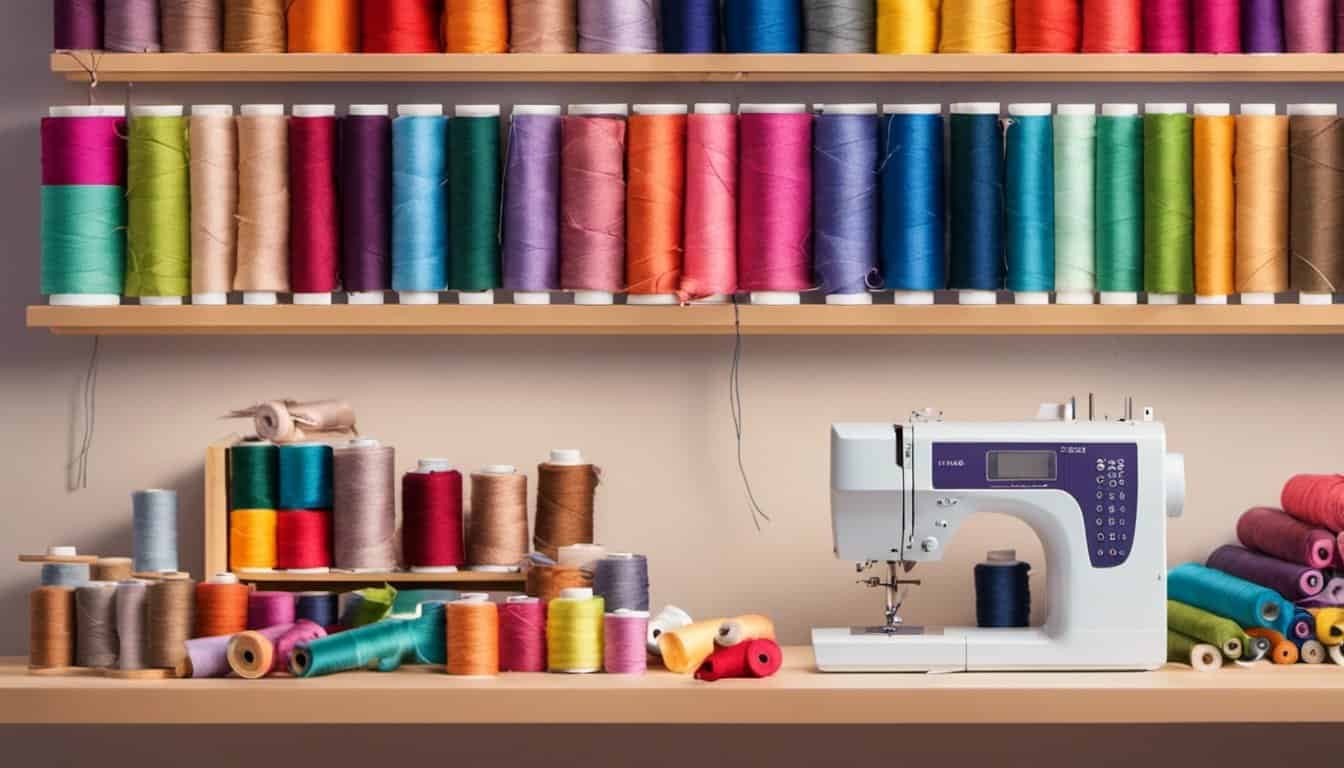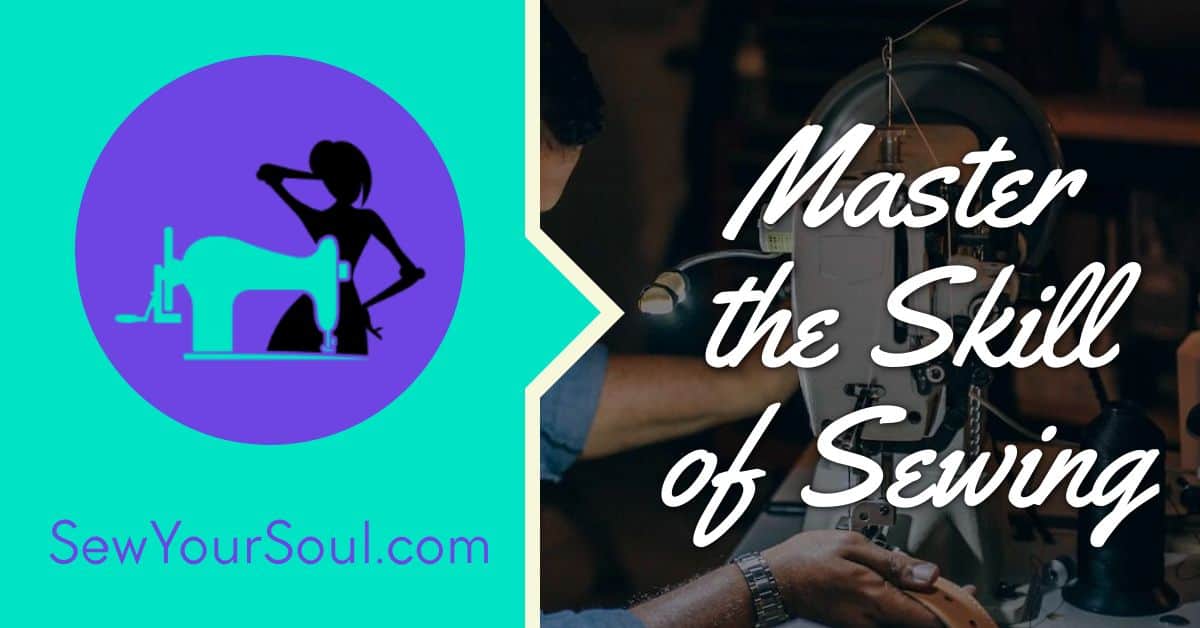So, you’ve decided to dive into the world of sewing but aren’t sure where to start? Don’t worry, you’re not alone! Sewing can seem daunting at first with all the tools, fabrics, and patterns, but with the right beginner projects, you’ll be stitching like a pro in no time.
Whether you’re looking to make something practical like a tote bag or something fun like a pillow cover, there are plenty of easy projects perfect for beginners. These projects will help you build your skills, boost your confidence, and maybe even spark a lifelong passion for sewing. Ready to get started? Let’s explore some simple and enjoyable projects that are perfect for sewing novices.
Choosing the Right Sewing Equipment
Selecting the proper sewing equipment makes starting your sewing journey smoother. Your choice of tools influences the quality and ease of your first projects.
Sewing Machines for Beginners
A sewing machine for beginners should be user-friendly. Look for machines with basic stitch options and simple controls. Brands like Brother and Singer offer models designed for novices. Features such as automatic needle threading and adjustable stitch length are helpful. Some examples include the Brother CS6000i and the Singer Start 1304.
Essential Sewing Tools and Accessories
Certain tools and accessories enhance your sewing experience. Invest in these essentials to keep your projects running smoothly:
- Fabric Scissors: Sharp scissors ensure clean cuts on fabric.
- Pins and Pin Cushion: Secure fabric pieces with pins before sewing.
- Measuring Tape: Accurate measurements are crucial for fitting.
- Seam Ripper: Mistakes happen, and a seam ripper helps correct them.
- Needles: Various needle types cater to different fabrics and projects.
These tools create a strong foundation for your sewing toolkit, making your beginner projects more manageable and enjoyable.
Understanding Basic Sewing Techniques
Gaining a solid grasp of basic sewing techniques is crucial for sewing beginners. By understanding these fundamental skills, you’ll be better prepared to tackle various projects.
Stitching Basics
Mastering stitching basics forms the core of your sewing journey. Start by learning the following essential stitches:
- Straight Stitch: Most commonly used; ideal for seams and hems. Set your machine to a medium length.
- Zigzag Stitch: Great for finishing raw edges and stretchy fabrics. Adjust the width and length for different effects.
- Backstitch: Reinforces seams by stitching backward and forward. Used at the beginning and end of seams.
- Basting Stitch: Temporary stitch; used for holding fabric pieces together. Set a long stitch length for easy removal.
Practice these stitches on scrap fabric to become comfortable with adjusting tension and stitch length.
Understanding Patterns and Fabrics
Choosing the right patterns and fabrics is key to successful sewing projects. Focus on these aspects:
- Patterns: Start with simple patterns labeled “easy” or “beginner”. These often include fewer pieces and straightforward instructions.
- Fabric Types: Cotton and polyester blends are versatile and easy to handle. Avoid slippery or stretchy fabrics initially.
- Grainline: The direction of fabric fibers. It affects how the fabric will drape and stretch. Align patterns with the grainline for optimal results.
- Pre-Washing: Wash and dry fabrics before cutting. This prevents shrinkage and potential distortion in the final product.
By understanding these basic sewing techniques, you’ll be well-equipped to begin your creative sewing projects with confidence.
Top 5 Sewing Projects for Beginners
Starting with straightforward projects can help build your sewing skills. Here are five beginner-friendly projects to get you started.
Easy Pillows
Creating easy pillows is one of the simplest sewing projects for beginners. Use cotton fabric for a soft yet durable result. Cut two squares, usually 18×18 inches, and sew them together, leaving a small gap to insert the pillow. Turn the fabric right side out, add the pillow, and close the gap with a slip stitch. Experiment with different fabrics and embellishments like buttons or ribbons to personalize your pillows.
Simple Tote Bags
Simple tote bags are practical and a great way to practice basic sewing techniques. Use sturdy fabric such as canvas or denim. Cut two rectangles for the bag, two long strips for the handles, and one small rectangle for the inner pocket if desired. Sew the bag pieces together, attach the handles, and finish with topstitching for reinforced seams. Customize your tote with fabric paints or patches.

Elastic Waist Skirts
Elastic waist skirts offer an excellent introduction to garment sewing. Use lightweight fabric like cotton or jersey for comfort. Measure your waist and cut a fabric rectangle twice the waist measurement for the width and your desired skirt length plus 1-2 inches for the hem. Fold over the top edge to create a casing, insert elastic, and sew the side seam. Hem the bottom for a finished look. Add ruffles or pockets for extra flair.
Basic Quilts
Basic quilts help you learn precise cutting, piecing, and sewing. Start with a simple patchwork design using pre-cut fabric squares, typically 5×5 inches. Arrange the squares in a pleasing pattern and sew them together in rows. Join the rows to form the quilt top, layer with batting and backing, then quilt through all layers. Finish by sewing on binding around the edges. Experiment with color combinations and patterns.
Simple Curtains
Simple curtains can transform any room while honing your sewing skills. Measure your window and add extra inches for seams and hems. Choose fabric that matches your decor. Cut two panels, hem the sides and bottom, and create a casing at the top for the curtain rod. If you prefer, add tiebacks or curtain tabs. Decorate with trims or fabric paints to match your style.
These projects help build a solid foundation in sewing, enabling you to tackle more complex creations with confidence.
Tips for Successful Sewing Projects
Starting sewing projects can feel overwhelming, but success is just a few tips away. Ensuring you follow some essential strategies can make your sewing journey smooth and enjoyable.
Reading Patterns Correctly
« 10 Types of Sewing Thread You Must Know to Elevate Your Sewing Projects
Top 15 Must-Have Tools for Sewing: Secrets to Effortless and Professional Results »
Understanding patterns is crucial. Always start by thoroughly reading the pattern instructions. Major patterns include symbols and abbreviations, and knowing these will help you follow the steps accurately. When working with multi-size patterns, highlight your size to avoid confusion. Pay attention to pattern markings like notches, grain lines, and darts, which indicate fabric placement and alignment. Practice makes perfect, so don’t hesitate to re-read instructions if something seems unclear.
Fabric Choice and Handling
Choosing the right fabric boosts your project’s success. Beginner-friendly fabrics like cotton, linen, or flannel are easy to handle and sew. Avoid slippery or stretchy fabrics initially, as they can be challenging to work with. Pre-wash your fabric to eliminate shrinkage and ensure smooth, even sewing. Handle your fabric gently to maintain its integrity: avoid pulling or stretching, especially at the seams. Use sharp fabric scissors, and keep them exclusively for fabric cutting to maintain their precision. By carefully selecting and handling your fabric, you’re more likely to achieve professional-looking results.
Growing Your Sewing Skills
To enhance your sewing abilities, it’s essential to explore more advanced projects and seek learning opportunities. These steps will help you refine your techniques and expand your skill set.
Exploring More Complex Projects
Taking on more complex projects challenges you and builds your confidence. Start with garments that include zippers, buttons, and linings. Explore patterns involving pleats, darts, and gathers. Craft detailed projects like bags with pockets or home décor items using quilting techniques. These tasks require precise measurements and advanced sewing methods, providing an excellent learning experience.
Taking Sewing Classes or Workshops
Participating in sewing classes or workshops offers structured learning from experienced instructors. Join local community center courses or online programs designed for various skill levels. Engage in specialized workshops that focus on specific techniques, such as free-motion quilting or garment fitting. These sessions provide hands-on experience, personalized feedback, and opportunities to ask questions, advancing your sewing skills efficiently.

Conclusion
Embarking on your sewing journey can be both exciting and rewarding. Remember to start simple, take your time, and enjoy the process. As you progress, don’t hesitate to challenge yourself with more complex projects and techniques. Joining classes or workshops can be a great way to enhance your skills and connect with fellow sewing enthusiasts. With patience and practice, you’ll soon be creating beautiful, handmade items that you can be proud of. Happy sewing!













